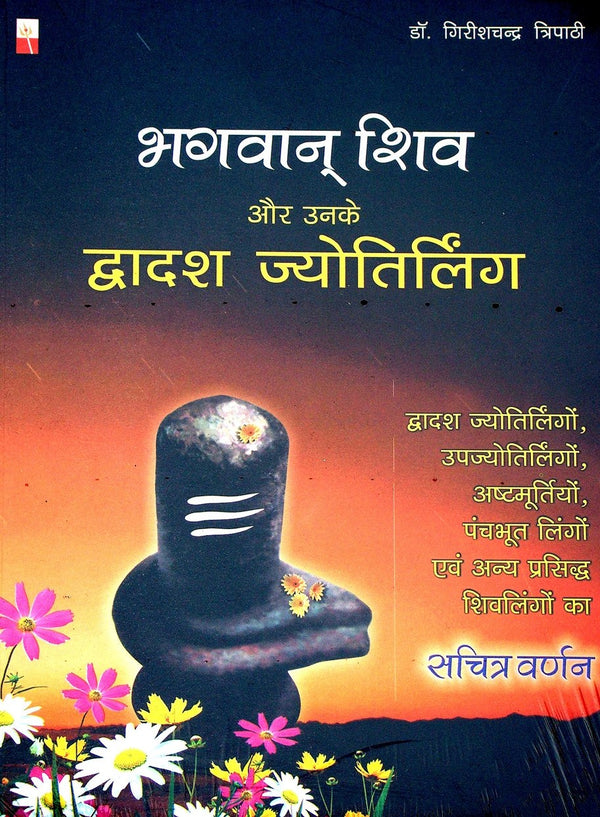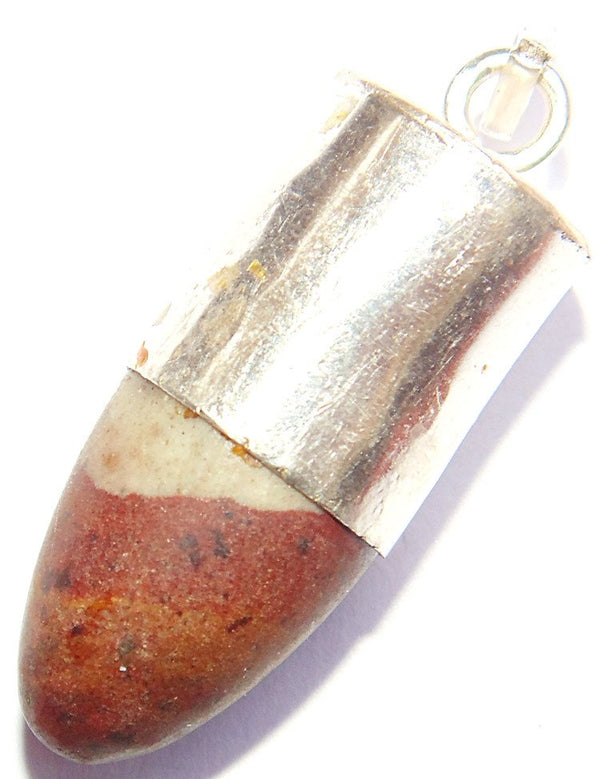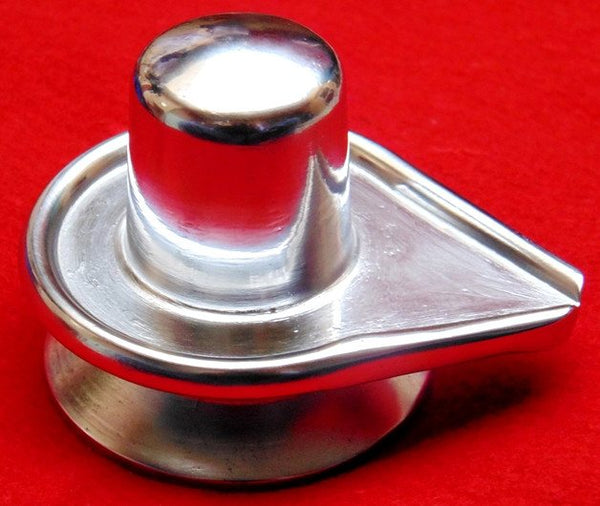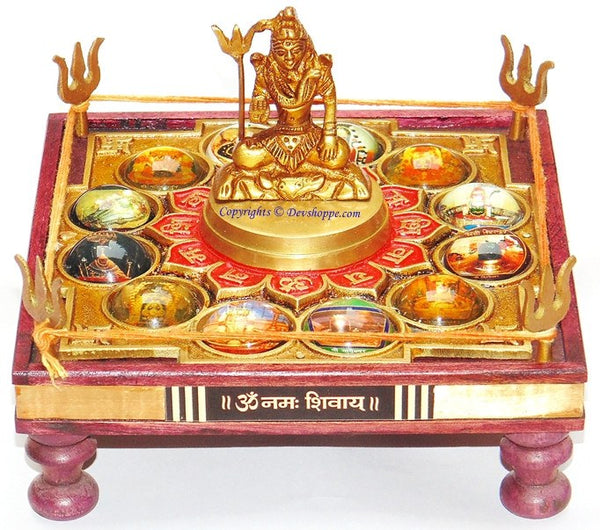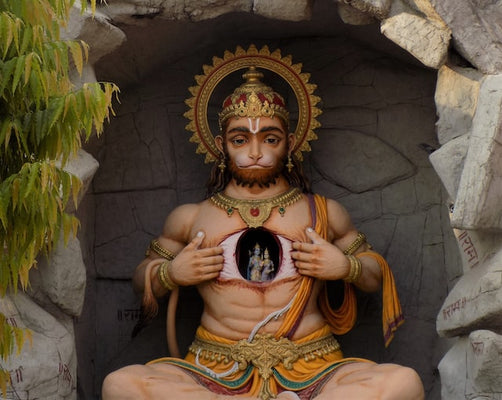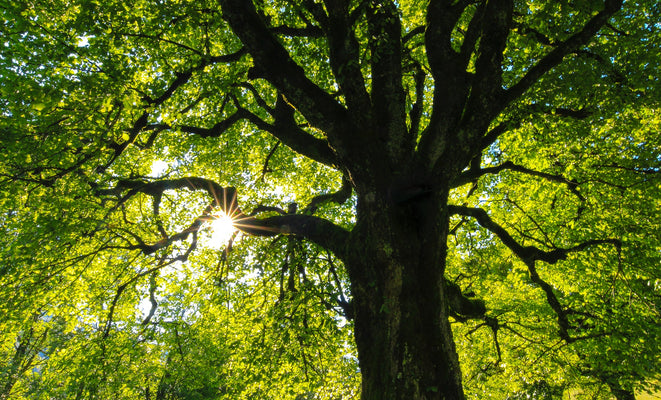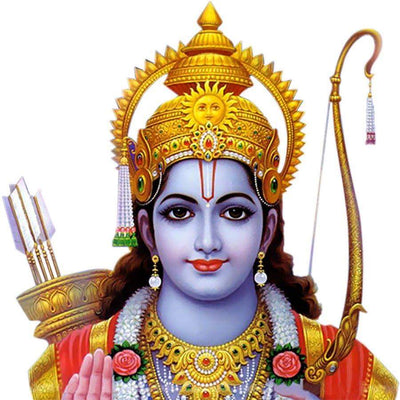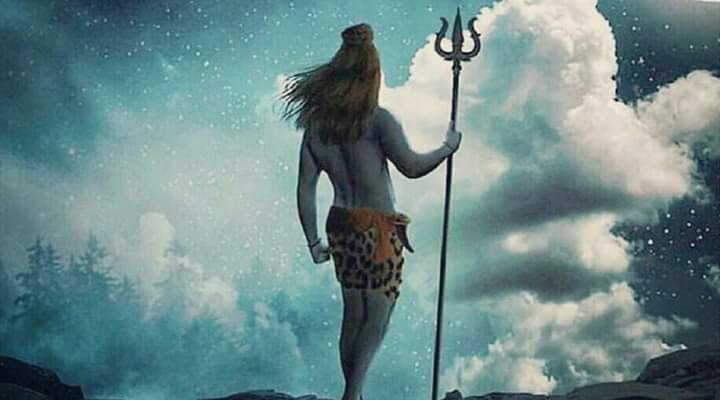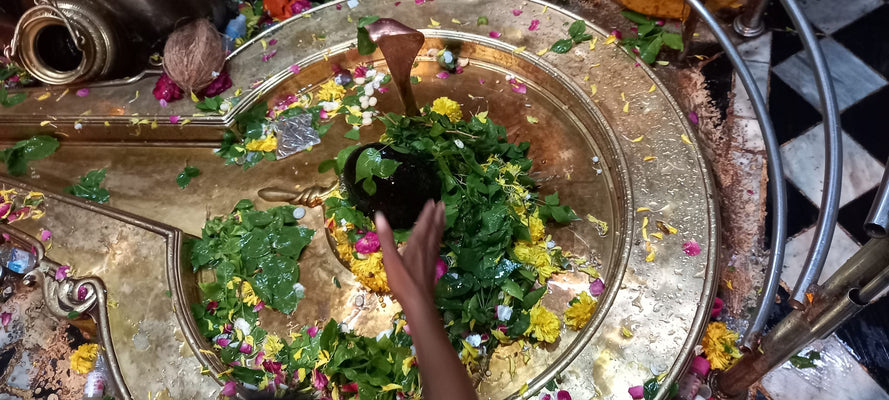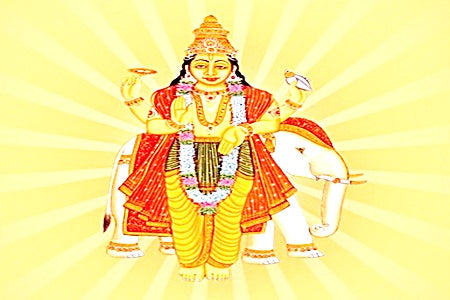Twelve Jyotirlinga temples
India is a country with thousand race, the land of thousands beliefs and the abode of a many Gods. The most important pilgrim centres particularly for the Shaivities are 12 Jyotirlingas which are situated in different parts of India. Reference of these Jyotirlingas is also found in the Shiv Purana. They are called jyotirlingas because Lord Shiva is said to have revealed himself to his devotees in the form of Jyoti – light. Even today devotees are said to have got his darshan in the form of jyoti at these places. The 12 jyotirlinga shrines, popularly known as the Dwadasa Jyotirlinga shrines are considered to be very holy by the Hindus. The Jyotirlingas have held an important position in the Indian belief system. The Jyotirlinga temples have a rich tradition and each temple has a legend attached to it. They are situated in different parts of India. The northernmost Jyotirlinga is located in the snow clad Himalayas at Kedarnath. The southernmost Jyotirlinga is situated at Rameswaram. These temples provide a fine view of Indian architecture and definitely add to the rich glory and tradition of Indian history. These places are a must visit both in terms of pilgrimage and as tourist destinations.

The 12 Jyotirlinga temples are the following :-
- Somnath Jyotirlinga Shrine
- Sree Sailam-Mallikarjun Temple
- Mahakaleshwar Jyotirlinga Temple
- Nageshwar Jyotirlinga Temple
- Rameshwar Jyotirlinga Temple
- Grishneshwar Jyotirlinga Temple
- Tryambakeshwar Jyotirlinga Temple
- Bhimashankar Jyotirlinga Temple
- Kedarnath Jyotirlinga Temple
- Omkareshwar Jyotirlinga Temple
- Baijnath (Vaidhyanath) Jyotirlinga Temple
- Vishwanath Jyotirlinga Temple
Somnath Jyotirlinga Shrine
The Somnath temple is dedicated to Someshwara, another name of Lord Shiva with moon on his head. The temple is situated in Saurashtra. It is believed that Somraj, the Moon God himself had originally built the temple out of gold. Somnath is the first of all the 12 jyotirlingas. Though the temple is of Hindu origin, the Architecture has Jain influences. The Somnath temple has been destroyed six times and have been rebuilt. The temple faces the east direction. Externally the Somnath temple resembles the Rudramala temple at Siddhapur. The dome of the temple is the biggest ever made in this century. The temple has large central hall with entrances on three sides, each protected by a lofty porch. The temple carvings and the sculptures speak about the great artistic endeavor made by the craftsmen of that era. At a certain interval in the balconied corridor is a deformed Nataraja statue.
Somnath is also known by different names like- Deo pattan, Prabhas Pattan or Pattan Somnath. It is believed that 2000 priests served the idol of the temple. The Somnath temple has a long history attached to it. The first temple of Somnath is believed to have existed before the christian era. The second temple was built by the Maitraka Kings of Vallabhi in Gujarat. The Pratihara King- Nagabhata II constructed the third temple. The fourth temple was built by the Paramara King Bhoj of Malwa and the Solanki King. Kumarpal built the fifth temple and was again destroyed by Mughal emperor Aurangazeb. The present temple is the seventh temple and has been rebuilt and taken care by Shree Somnath trust.
HOW TO GET THERE :-
Sree Sailam-Mallikarjun Temple
The temple of Lord Mallikarjuna is situated in the state of Andhra Pradesh. The temple is situated in the town of Srisailam on the banks of River Patalganga Krishna. Srisailam mountain is looked upon reverentially as the Kailash of South. The temple situated here is dedicated to Lord Shiva and is among the 12 Jyotirlingas in India. The temple sculptures narrate in stone, epics from thre great Hindu epics-Ramayana nand Mahabharata.This temple is considered very holy and is dedicated to Mallikarjuna Swamy and Bhramaramba. One unique feature of the temple is that all the devotees who visit the temple are allowed to touch the idol which is not prevalent in any other temple. The temple is located at a distance of 245 km from Hyderabad. The Sree Sailam temple has rich sculptural work, fort like walls and towers. The temple is built in Dravidian style. According to popular legends, the religious leader had visited the temple and had composed his famous Sivananda Lahiri. It is also believed that Goddess Durga had taken the form of a bee and worshiped Lord Shiva here and selected this holy place as her abode.
HOW TO GET THERE :-
Mahakaleshwar Jyotirlinga Temple
Shri Mahakaleshwar Jyotirlinga is situated in Ujjain. It is a very important religious place for Lord Shiva devotees. There are numerous stories associated with this Jyotirlinga in Ujjain. The temple of Lord Mahakaleshwar is very big, beautiful and grand. The Mahakaleshwar Jyotirlinga is situated below the ground in a Garbha Griha. This Jyotirlinga is big in size and is encircled by a silver snake. On one side of the Shiv Linga there's the idol of Lord Ganesha and on the other side the idol of Parvati and Kartikeya. There are many stories behind this Mahakaleshwar Jyotirlinga.According to one story, a five-year-old boy Shrikar was spellbound seeing the devotion of King Chandrasena of Ujjain towards Lord Shiva. He took a stone and by considering it a lingam started worshipping it every day. Many made fun of him, but everything in vain. On the contrary the devotion of Shrikar increased day by day. Pleased by the boy's immense devotion Lord Shiva took the form of Jyotirlinga and stayed in the Mahakal forest.
HOW TO GET THERE :-
Nageshwar Jyotirlinga Temple
Nageshwar near Dwarka in Gujarat is one of the 12 Jyotirlinga shrines of Shiva.The Jyotirlinga in the temple is known as Nageshwar Mahadev. The temple is visited by thousands of pilgrims every year. The Jyotirlinga situated in the temple is considered to protect everybody from all sort of poisons. It is believed that one who offers prayers in the temple becomes poison free. The temple is located between Dwarka and Dwarka island in Gujarat on the coast of Surat. According to the legends, a devotee called Supriya was attacked by a demon named Daaruka in a boat.
The demon imprisoned the devotee and several others in his capital called Daarukaavana. It is believed that Lord Shiva appeared in the form of Jyotirlinga and rescued the imprisoned and vanquished the demon. The Shivalingam in the temple faces South with the Gomugam facing East. There is a legend regarding the position of the idol. It is believed that a devotee called Naamdev was singing bhajans in praise of Lord Shiva and was asked by other devotees to stand aside and not to hide the image of Lord. On being asked to do so Naamdev argued and asked for one such direction where Lord is not present, this angered the devotees and they picked him up and placed him on the south side. To everyones astonishment even the Linga was then facing South with the Gomugam facing east. The other two temples dedicated to Nageshwar Jyotirlinga are situated near Audhgram near Purna and another near Almora in Uttar Pradesh.
HOW TO GET THERE :-
Rameshwar Jyotirlinga Temple
Rameshwaram Jyotirlinga is situated on the peninsular tip of Rameshwaram. Lord Rama put up this Jyotirlinga when he was on his way to attack Ravana. It is said that when Lord Rama was drinking water by the seashore he heard a voice saying that he should pay offerings to Lord Shiva. Listening to this Lord Rama made a linga of sand and worshipped it and asked the blessings of Lord Shiva to destroy Ravana. Lord Shiva, happy by his devotion blessed him accordingly.It is situated in a large island surrounded by sea in the southern side of India.Lord Rama also requested Lord Shiva to reside here forever and bless the entire mankind. Lord Shiva from that time lives in this Jyotirlinga. Those who go to Rameshwar Jyotirlinga and seek Lord Shiva's blessings always live in Shivloka. The temple of Rameshwar is very big and grand. There are many other idols of Shiva and other gods other than the main lingam. There is a big idol of Nandi, the vehicle of Shiva.
HOW TO GET THERE :-
Grishneshwar Jyotirlinga Temple
The Grishneshwar Jyotirlinga Temple is one of the ancient and holiest shrines of India. This temple is the holy abode of one of the 12 jyotirlinga of Lord Shiva. The temple is located at a distance of 11km from Daulatabad near Aurangabad in Maharashtra. Daulatabad was once known as Devagiri. Ahilyabhai Holkar constructed the Grishneshwar Temple, who also re-constructed the Kasi Viswanatha temple at Banaras and the Vishnu Paada temple at Gaya. Grishneshwar is also known as Ghushmeswara. The Lord is also known by several names like Kusumeswarar, Ghushmeswara, etc.
The famous Ajanta and Elora caves are the famous tourist spots nearby the temple. According to legend, a devotee called Kusuma worshiped Lord Shiva by immersing a Shivalingam everyday in a nearby tank. Kusuma's husband's first wife out of jealousy because of Kusuma's piety in the society killed her son. An aggrieved Kusuma continued her daily ritual and when she dipped the Shivlingam in the tank her son miraculously revived. From then on the people started worshiping Lord Shiva in the form of a Jyotirlinga Ghusmeshwar.
HOW TO GET THERE:-
Tryambakeshwar Jyotirlinga Temple
One of the holy places of not only Maharashtra but the whole India is near Nashik. Trimbakeshwar is one of the twelve Jyotirlingas in India.
At the time of the marriage of Lord Shiva with Parvati, all the Devarishis gathered together. Brahma dev, the creator of the Universe, seeing the beauty of Parvati, had a discharge of semen. Lord Shiva observing this, offered him water of Ganges, the purest water and said, “You will wipe off your sin by this water”. Brahmadev kept the holy water in his kamandal (a particular container made out of coconut carried by Sadhus) and was purified by its bath.
Rathayatra of Trimbakeshwar - On the full moon day of the month Kartika , called Tripuri Paurnima- sometime in November
HOW TO GET THERE:-
State Transport buses ply between Nashik - Trimbakeshwar frequently.
Bhimashankar JyotirlingaTemple
Bhimashankar, the origin of Bhima river, is located on a high peak, surrounded by thick dense forests. It is one of the major pilgrim center which is the abode for one of the five 'Jyotirlinga' of Maharashtra. Innumerable devotees flock near the temple during 'Tripuri Poornima'. The breathtaking scenic beauty & the picture perfect setting of Bhimashankar has made it a hit tourist center, especially famous for trekking, sight seeing & mountaineering. Bhimashankar temple houses the main 'Shani temple'. One of the two main pillars outside the 'Shani' temple is actually an ancient huge Portuguese bell. The impact of Nagara style can be well make out. Dating back to mid 18th century, the shikhara was built by Nana Phadnavis. The sanctum is located at the lower level. The shrine Bhimashankaram, though dates back to the 13th century. Bhimashankar temple is well surrounded with Kamalaja shrine & Mokshakund thirtha. As per the ritual, at least three worship services are offered on a daily basis. Mahashivratri is the most auspicious day here.Lord Shiva's killing of the demon Tripurasura is the main legend associated with the temple. It even states that Shiva took abode on the Sahyadri hills in the form of a Bhima upon the request of the Gods, on the crest of the Sahyadri hills. The sweat of Shiva poured after the battle ultimately led to the origin of Bhimarathi river.
HOW TO GET THERE:-
Kedarnath Jyotirlinga Temple
One of the holiest pilgrimages for the Hindus, Kedarnath Temple Jyotirlinga is located in the picturesque surroundings of Rudra Himalaya Range at a height of 12000 feet on a mountain named Kedar. Near Kedarnath is the source of the river Mandakini that joins Alakananda at Rudraprayag. This place is approximately 150 miles away from Hardwar and 132 miles north of Hrishikesh and is accessible by foot.
The temple at Kedarnath enshrining the Jyotirlingam of Shiva opens only 6 months a year (April-November) when the sun enters the zodiac sign of Aries and it is closed when the sun enters Scorpio. The priests then go to Ukhimath, where the worship of Kedareshwara is continued during the winter season.
Tradition has it that when undertaking Kedarnath Yatra pilgrims first visit Yamunotri and Gangotri and bring with them the holy waters from the sources of the rivers Yamuna and Ganga and offer abhishekams to Kedareshwara. The traditional pilgrim route is Haridwar - Rishikesh - Devaprayag - Tehri - Dharasu - Yamunotri - Uttar Kashi - Gangotri - Triyugnarayan - Gowrikund and Kedarnath. The alternative route to Kedar from Rishikesh is via Devprayag, Srinagar, Rudraprayag and Ukhimath.
HOW TO GET THERE :-
Route : Rishikesh to Kedarnath vai Rudraprayag :- Rishikesh -> Rudraprayaga -> Agastamuni -> Kund -> Gupta kashi -> Phata -> Soneprayag -> Gauri Kund.
Gouri Kund to Kedarnath is 14 KM. This distance has to be covered by foot, ponies, palkies.
Omkareshwar Jyotirlinga Temple
Omkareshwar Mamleshwar Jyotirlinga is situated by the banks of Narmada river in the Malva area. Gods of all the Gods Lord Shiva's Omkareshwar linga is situated on the mountain Mandhata. The Shiv Purana speaks of the greatness of Omkareshwar and Mammaleshwar. The 2 sons of the sun dynasty Mandhata (Ambarish and Mucchkund), practiced severe penance and austerities here pleased Lord Shiva. They had also performed great religious sacrifices here, because of this the mountain is named Mandhata.Before entering the temple one has to pass through 2 rooms. The Omkareshwar is not affixed to the ground, but is naturally installed there. There is always water around it. The significance of this linga is that the linga is not situated below the cupola. The idol of Lord Shiva is situated on the top of the temple. A huge fair is organised here on the day of Kartik Poornima.Amongst the 12 Jyotirlingas Omkareshwar is undoubtedly considered but another name which often comes in this context is Mammaleshwar. Not only the name but the existence of these two are also thoroughly different. The temple of Maleshwar is situated south of the river Narmada, but both the forms of Shiva have been counted as one.It is said that once upon a time Vidhya Parvat practiced severe penances and worshipped Parthivarchana along with Lord Omkareshwar for nearly six months. As a result Lord Shiva was pleased and blessed him with the desire boon. On the sincere request of all the gods and the sages Lord Shiva made two parts of the lings. In one he resided as the Pranav or Omkar and assumed the form of Omkareshwar and Bhagwan Sadashiva, Parameshwar, Amareshwar or Amaleshwar assumed form from the Partivlinga.
HOW TO GET THERE:-
Baijnath(Vaidyanatha) Jyotirlinga Temple
Vaidyanath Temple, also called Vaijnath Temple and Baidyanth Temple is located at Deogarh in the Santal Parganas region of Bihar in the south west of Keeul Station. Baidyanath shrine is revered as one of the twelve Jyotirlingams of Shiva. It may be noted that some schools of thought believe Vaidyanath near Parali in Andhra Pradesh to be the Vaidyanatha Jyotirlingam.
Devotees of Lord Shiva believe that by sincere worship of Vaijnath Jyotirlinga a person is relieved of all worries and miseries in life. It is also said that by worshipping in the shrine a person attains Moksha and all types of happiness. As a tradition, devotees carry ‘Kanwars’ on their shoulders and complete their travel here.
How To Get There :-
Vishwanath Jyotirlinga Temple
Temple of Lord Viswanath is situated in Varanasi. Known formerly as Kashi or Benares, this ancient city set on the banks of the river Ganga, is one of the holiest cities in India. This city is said to have been founded by Lord Shiva. Being one of the oldest living and most holy city's in India, Varanasi attracts a lot of tourists.Varanasi gets its name from the two tributaries of the Ganga - Varuna and Asi - between which it is situated. This sacred city, which was founded ten centuries before the birth of Christ, is mentioned in holy scriptures like 'Vamana Purana', Buddhist texts and the Mahabharata.
HOW TO GET THERE:-


